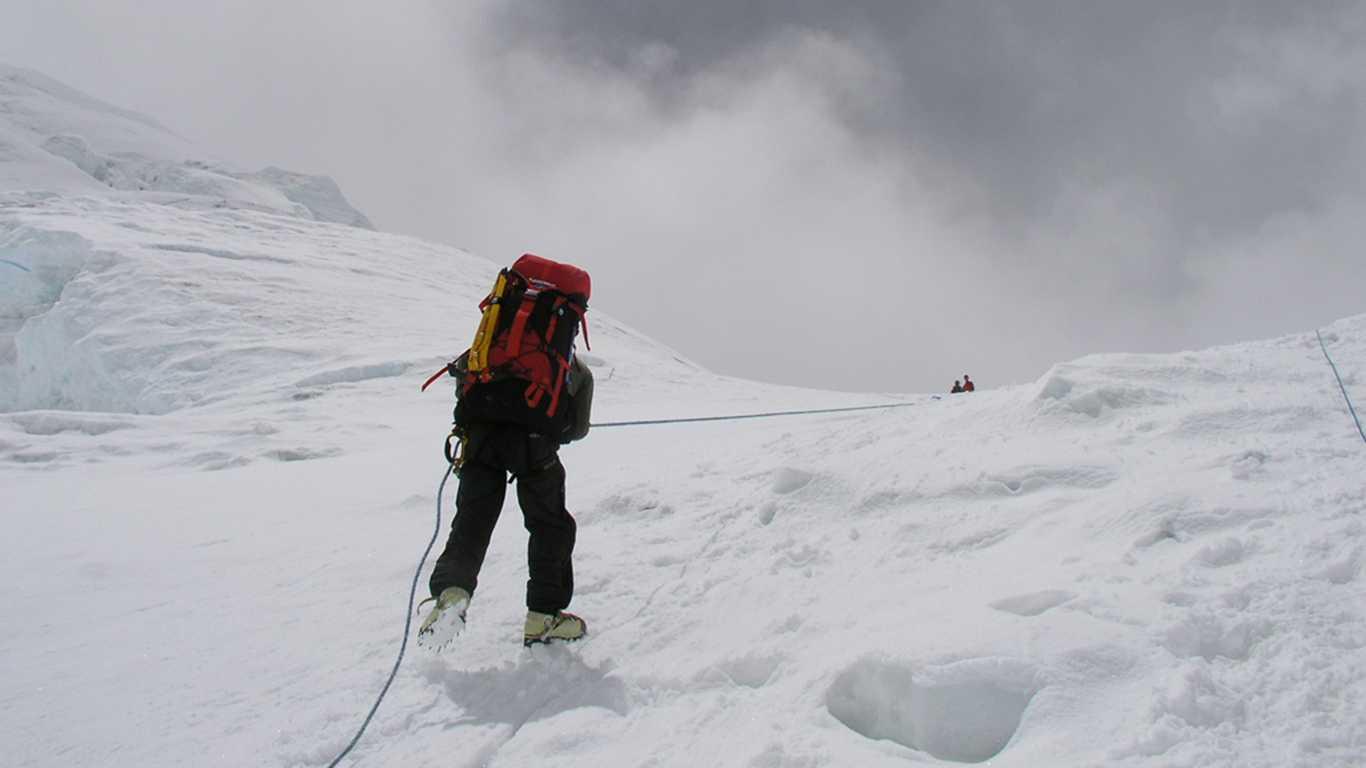Mera and Island Peak Climbing
Date of Departure
trip informaiton
Duration
22 days
Max Altitude
6476
Difficulty
Difficult
Starts from
Kathmandu
Trips Ends at
Kathmandu
Activity
Accommodation
Meals
Weather
°C
Group Size
Best Season
Region
Everest Region Trekking Packages
Accommodation During Mera Peak and Island Peak Climbing
Himalayan Trekkers offers the best available 3* standard category accommodations on a twin/double sharing basis in Kathmandu. However, you have a selection of 3- to 4-star hotels, basic lodges, and even hostels. You can also opt. for the single supplementary at an additional cost.
When in the Himalayas, your lodgings will be trekking teahouses with basic amenities. The rooms will be provided on twin sharing basis with a bed, mattress, blanket, and pillow as a bare minimum. You might have to share the bathroom and toilets in the higher places.
And lastly, we provide tented camp accommodations where there is no availability of trekking lodges and teahouses.
Meals during the climb to Mera Peak and Island Peak
All three meals (breakfast, lunch & dinner) except the lunches and dinners in Kathmandu will be provided by Himalayan Trekkers because Kathmandu has many options for food and drink.
Your options are more limited after Lukla. The Nepali staple meal, Dal-Bhat-Tarkari (lentils, steamed rice, seasonal vegetables) is the most popular along with Noodles, dumplings, flatbreads, potatoes, fried bread, mushroom soup, butter tea, etc.
During the climbing journey, you will be served freshly prepared meals by our tent cooks.
FAQ
1. What are the elevations of the Mera and Island peaks?
1. What are the elevations of the Mera and Island peaks?
The heights of Mera Peak and Island Peak are 6,461 meters and 6,189 meters above sea level respectively.
2. Are Mera Peak and Island Peak technical climbs?
2. Are Mera Peak and Island Peak technical climbs?
Mera Peak and Island Peak are not considered technical climbing peaks but some portions can be fairly difficult for beginners as you will also be crossing Amphu Laptsa Pass. Hence, proper training & preparation are required before the climb.
3. Will I get altitude sickness during the Mera Peak and Island peak climb?
3. Will I get altitude sickness during the Mera Peak and Island peak climb?
Anyone can be an altitude sickness victim despite age, gender, stamina, or experience when you are above 3000 meters altitude. As Mera and Island Peak are higher than 6000 meters, there is a high chance of AMS but you can prevent them by taking needed acclimatization, moving steadily, keeping yourself hydrated, getting enough sleep, and maintaining a balanced diet. You can also carry AMS medications such as Diamox.
4. Do climbers need prior experience for Mera and Island peak climb?
4. Do climbers need prior experience for Mera and Island peak climb?
Though prior climbing experience is not mandatory for Mera and Island Peak Climbing, it is better to engage in some physical activities to increase your stamina and it is much better if you have trekking experience in the high Himalayas.
5. Do I need travel insurance essential for the Mera and Island peak climb?
5. Do I need travel insurance essential for the Mera and Island peak climb?
Climbers need to purchase travel insurance covering emergency rescue when making the ascent to any of the peaks that including the Mera Peak and Island Peaks. In case of an emergency, your travel insurance will pay for your helicopter rescue or any other medical care.
6. What is the minimum age requirement for the Mera and Island peak climb?
6. What is the minimum age requirement for the Mera and Island peak climb?
According to the regulations established by the Government of Nepal, climbers must be 18 years of age or older to be qualified for the climb. So, if you are under the age of 18, you are not permitted to go on this peak-climbing expedition


